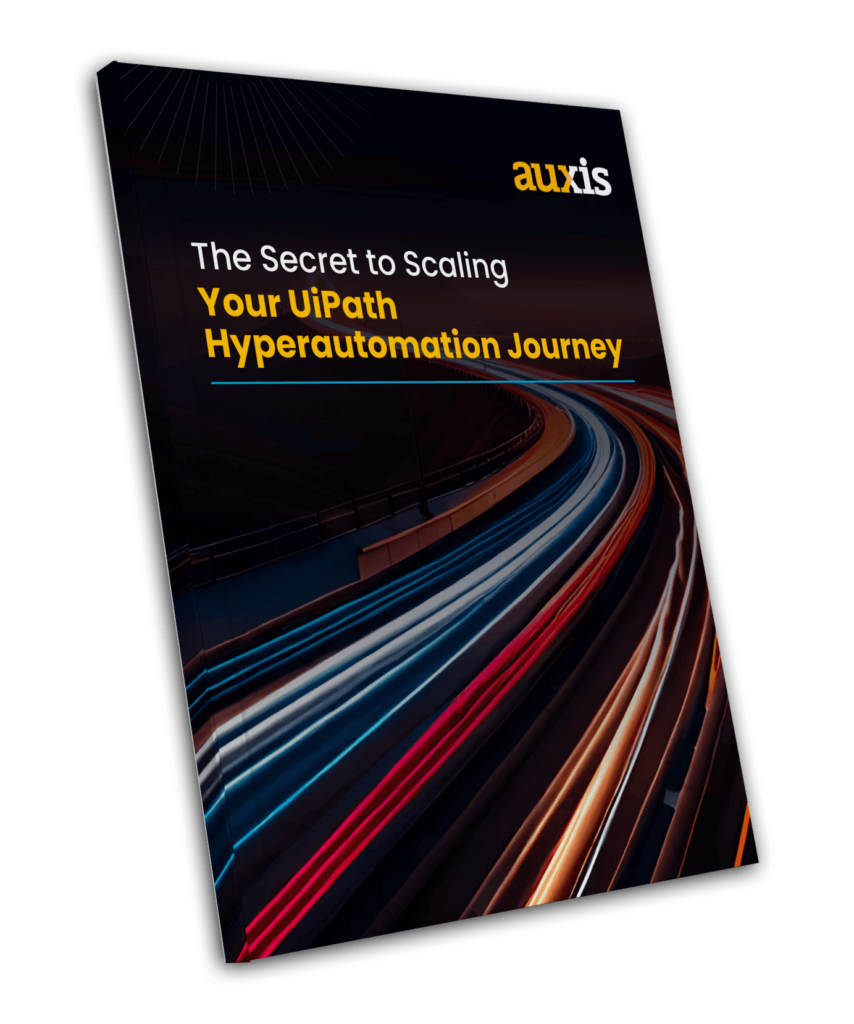Resilient technology leads to a resilient business. UiPath’s Test Suite resolves many of the pain points that plague manual software testing, using a tightly integrated bundle of continuous delivery automation testing tools to increase speed, coverage, and effectiveness.
Traditional manual software testing is a tedious endeavor. It requires multiple tools and an extensive set of activities that force humans to scour application screens, attempt various usage and input combinations, compare results to expected outcomes, and record observations.
Source code changes and situations like multiple operating environments force this time-consuming process to occur repeatedly during the development cycle. Time constraints often shift the focus to task completion instead of test coverage or quality; 32% of developers cite insufficient testing time as the leading cause of software project failures.
Test automation ensures the quality of every Robotic Process Automation (RPA) or application before it goes live – enabling teams to launch resilient robots and high-quality software without testing their patience.
UiPath Test Suite combines the world’s leading RPA technology with best-in-class testing practices that quickly and continuously test robots and applications to uncover underlying issues. That allows developers to proactively fix problems before they impact the business.
Let’s examine the benefits of automation testing – proving why it’s a better way of testing software.
The Secret to Scaling Your UiPath Hyperautomation Journey

What is continuous delivery automation testing?
Test automation leverages RPA to test today’s complex software applications and robots – ensuring enterprise-wide digital transformation at a significantly faster pace. It eliminates the chance of human errors, resulting in higher testing accuracy and increased test coverage.
It also enables humans to focus on more important, complex development tasks like innovation.
1. Use test automation to enable continuous, quality development.
A fundamental tenet of the popular DevOps methodology, a CI/CD (Continuous Integration/Continuous Development) pipeline builds a leaner, more efficient software development and release process. But continuous development can’t work without rapid, reliable, continuous testing that determines whether new features or break/fixes will impact software currently in production.
Performing those tests manually would be a daunting task – requiring massive QA teams to handle the never-ending volume.
Test automation is purpose-built to support continuous testing in the development cycle, boosting release velocity by integrating fully automated testing directly into the CI/CD pipeline. It provides fast, structured, and accurate reassurance that a project fulfills its requirements before pushing it into production.
With UiPath Test Suite, test teams write test scripts once but can re-execute them over and over – effortlessly running tests after every update to resolve issues before going live. The automated tool maps tests to requirements, manages test cases, organizes scripts, executes tests, captures and reports results, and tracks defects. Developers can also share a centralized library of automations and test cases.
UiPath Test Suite can be used to automate testing of virtually any software application or bot – old or new, and on any device. Using continuous delivery automation testing ensures tests are versioned and always in sync with application source code.
2. Become proactive about robot maintenance.
Robot maintenance ranks as the biggest challenge for RPA customers – and the task that developers like least, according to two recent UiPath surveys.
But robots are never a “set it and forget it” investment. The underlying applications, systems, and runtime environments in which they operate are constantly changing – and some of these changes will inevitably disrupt a robot’s flow.
Unfortunately, unexpected disruptions can force developers into crisis mode as they scramble to minimize business impact and restore functionality.
Adding automated testing within your RPA workflows ensures their resilience. It drastically reduces maintenance time and emergency break/fixes by proactively surfacing issues that would cause robots to break.
When adjustments are required, continuous delivery automation testing speeds a robot’s return to production by slashing testing time by up to 60%. Faster testing also enables comprehensive testing of the entire solution – not just the part that required fixing – so adjustments don’t trigger other problems.
UiPath Test Suite features an Activity Coverage analytics panel that ensures testing covers every activity in your robot’s workflow. Testing can be scheduled at any interval you choose – delivering confidence your automations are ready to go when needed most. That sets the stage to scale automation sustainably.
Test automation 101: Simple steps to success
Automated testing makes continual monitoring of your software applications or RPA simple, scalable, and effective. Here’s an overview of how it works:
Automated test cases test a specific portion of a workflow that can be executed automatically with no manual intervention. Test robots instantly recognize execution problems, documenting the issue and alerting development and QA teams.
While other automated testing tools require you to write code-like scripts, UiPath allows you to build test cases with the same drag-and-drop interface and prebuilt skills and activities used for regular automations. Tests can be created for RPA workflows, web apps, SAP, Citrix, mobile, and more.
With automation, workflows and workflow tests can be planned and built simultaneously with minimal effort. For instance, tests can be generated tests right from RPA workflows.
UiPath also enables you to store test cases in the workflow they’re meant to test, making them easy to access and deploy at any time. Tests should cover every activity and data variation that can occur, with Test Suite making it easy to quickly determine which activities were tested and what percent of your workflows were covered.
Test Suite enables test cases to be grouped into related test sets that are executed manually or on-demand, set to a specific schedule, or triggered when a continuous integration tool like Jenkins detects something new in a dependent application. The test robots become your digital test team: alerting you and taking a screenshot so you can quickly triage and fix any problems before they impact operations.
Any discrepancy from the expected outcome is considered a fail.
UiPath Test Suite: centralizing continuous delivery automation testing into a single platform

UiPath Test Suite stands out in the test automation market with a complete suite of functional testing solutions bundled into a single platform.
As native technology, Test Suite integrates seamlessly into existing UiPath solutions, allowing RPA teams to use familiar tools to ensure every robot is healthy and resilient. Ultimately, it helps transformation leaders rapidly deliver value while minimizing cost and risk through an end-to-end automation program that puts quality first.
But expanding UiPath Test Suite to focus on application and environment testing activities across the board centralizes governance of an integrated and collaborative testing environment.
Using a single testing platform not only boosts efficiency and cuts down on maintenance and drive reuse, but it can also double test coverage and accelerate release cycles. It makes it easier to spot integration and coordination issues between robots and the applications they rely on before they become big problems.
It also gives application testers production-grade automation and orchestration that’s hard to match in other automated testing platforms. A top 5 healthcare provider more than doubled its automation test coverage and shaved two months off its release cycles using UiPath for application testing.
The benefits of automation testing are clear: Test more processes, more often, by relying on robots instead of people to test software. Proactively managing quality prevents production disruptions – ensuring every software release is resilient, compliant, and high-performing.




